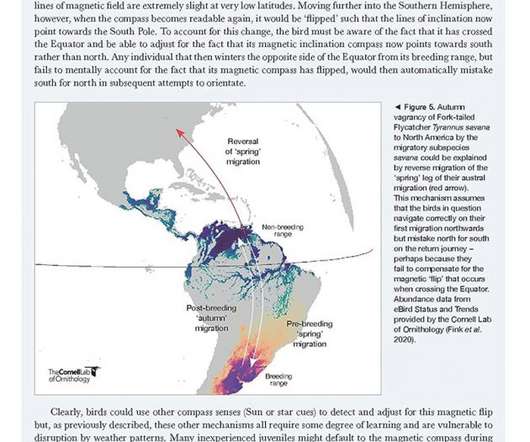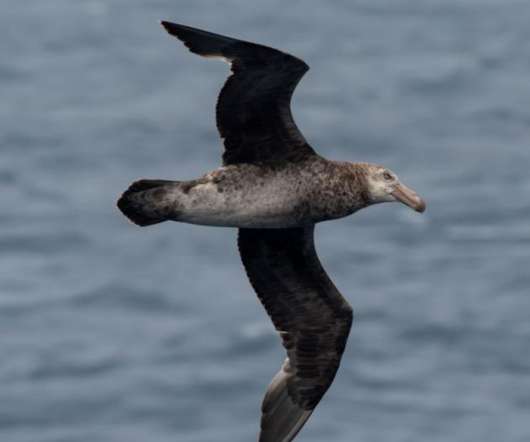Vagrancy in Birds: A Book Review
10,000 Birds
APRIL 5, 2022
Thank you, goddess of birding luck and text group people).* My inner self felt stuck in an area between disbelief and total joy and the voices near me were echoing this state of mind: “Oh My God,” “I never thought I would see this bird,” “Look at that bill!” “How did that bird get here?”












Let's personalize your content